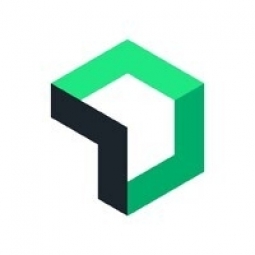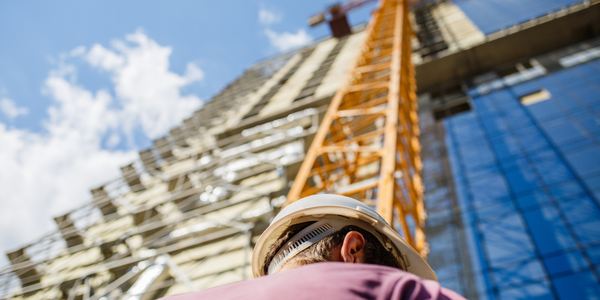技术
- 分析与建模 - 实时分析
- 平台即服务 (PaaS) - 应用开发平台
适用行业
- 水泥
- 建筑与基础设施
用例
- 行为与情绪追踪
- 泄漏与洪水监测
关于客户
ABS-CBN Corporation 是菲律宾领先的媒体和娱乐组织之一。该公司主要从事国内和国际市场的电视、在线、OTT平台、有线、卫星、电影、活动和在线广播的内容创作和制作。菲律宾是世界上最大的在线和数字媒体市场之一,也是亚洲第五大市场。尽管网络基础设施存在一些限制,菲律宾人仍然接受数字媒体来娱乐和新闻。这使得市场竞争激烈,要求 ABS-CBN 等现有企业不断创新,不仅提供最好的内容,还提供卓越的用户体验。
挑战
ABS-CBN Corporation 是菲律宾领先的媒体和娱乐组织,在管理其流媒体和数字媒体服务方面面临着挑战。菲律宾是全球最大的在线和数字媒体市场之一,市场竞争激烈,需要不断的创新和卓越的用户体验。 ABS-CBN 正在努力应对事件驱动的峰值带来的不稳定需求,例如现场选举报道,这需要强大而稳定的技术堆栈。该公司使用多种工具进行监控、错误报告、跟踪资源运行状况和本地基础设施,从而创建了一个孤立的技术环境。这导致了一种被动的方法,直到问题升级并影响最终用户时才发现问题。工程师缺乏足够的信息来查明问题。
解决方案
ABS-CBN 认识到需要更高效、更快速的解决方案,并因其自动化功能而选择了 New Relic。 New Relic 的输出与 ABS-CBN 的事件和警报管理平台集成,使团队能够从警告中过滤出第一和第二优先问题,并立即解决最严重的问题。借助 New Relic,ABS-CBN 现在可以享受单一视图和完全可追溯性,并与 Microsoft Azure、Amazon Web Services 和 Akamai 上的应用程序和基础设施集成。这使得开发人员可以通过研究错误日志报告以及每个组件性能下降的依赖性,在代码级别查明哪个第三方发生了故障。这导致了主动监控,防止问题升级并影响用户。
运营影响
数量效益

Case Study missing?
Start adding your own!
Register with your work email and create a new case study profile for your business.
相关案例.

Case Study
System 800xA at Indian Cement Plants
Chettinad Cement recognized that further efficiencies could be achieved in its cement manufacturing process. It looked to investing in comprehensive operational and control technologies to manage and derive productivity and energy efficiency gains from the assets on Line 2, their second plant in India.
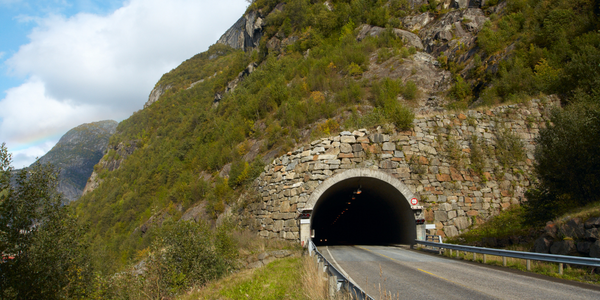
Case Study
IoT System for Tunnel Construction
The Zenitaka Corporation ('Zenitaka') has two major business areas: its architectural business focuses on structures such as government buildings, office buildings, and commercial facilities, while its civil engineering business is targeted at structures such as tunnels, bridges and dams. Within these areas, there presented two issues that have always persisted in regard to the construction of mountain tunnels. These issues are 'improving safety" and "reducing energy consumption". Mountain tunnels construction requires a massive amount of electricity. This is because there are many kinds of electrical equipment being used day and night, including construction machinery, construction lighting, and ventilating fan. Despite this, the amount of power consumption is generally not tightly managed. In many cases, the exact amount of power consumption is only ascertained when the bill from the power company becomes available. Sometimes, corporations install demand-monitoring equipment to help curb the maximum power demanded. However, even in these cases, the devices only allow the total volume of power consumption to be ascertained, or they may issue warnings to prevent the contracted volume of power from being exceeded. In order to tackle the issue of reducing power consumption, it was first necessary to obtain an accurate breakdown of how much power was being used in each particular area. In other words, we needed to be able to visualize the amount of power being consumed. Safety, was also not being managed very rigorously. Even now, tunnel construction sites often use a 'name label' system for managing entry into the work site. Specifically, red labels with white reverse sides that bear the workers' names on both sides are displayed at the tunnel work site entrance. The workers themselves then flip the name label to the appropriate side when entering or exiting from the work site to indicate whether or not they are working inside the tunnel at any given time. If a worker forgets to flip his or her name label when entering or exiting from the tunnel, management cannot be performed effectively. In order to tackle the challenges mentioned above, Zenitaka decided to build a system that could improve the safety of tunnel construction as well as reduce the amount of power consumed. In other words, this new system would facilitate a clear picture of which workers were working in each location at the mountain tunnel construction site, as well as which processes were being carried out at those respective locations at any given time. The system would maintain the safety of all workers while also carefully controlling the electrical equipment to reduce unnecessary power consumption. Having decided on the concept, our next concern was whether there existed any kind of robust hardware that would not break down at the construction work site, that could move freely in response to changes in the working environment, and that could accurately detect workers and vehicles using radio frequency identification (RFID). Given that this system would involve many components that were new to Zenitaka, we decided to enlist the cooperation of E.I.Sol Co., Ltd. ('E.I.Sol') as our joint development partner, as they had provided us with a highly practical proposal.

Case Study
Splunk Partnership Ties Together Big Data & IoT Services
Splunk was faced with the need to meet emerging customer demands for interfacing IoT projects to its suite of services. The company required an IoT partner that would be able to easily and quickly integrate with its Splunk Enterprise platform, rather than allocating development resources and time to building out an IoT interface and application platform.
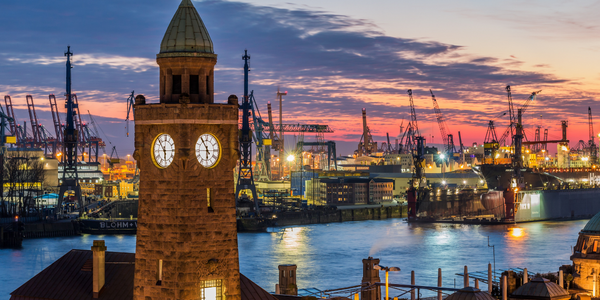
Case Study
Bridge monitoring in Hamburg Port
Kattwyk Bridge is used for both rail and road transport, and it has played an important role in the Port of Hamburg since 1973. However, the increasing pressure from traffic requires a monitoring solution. The goal of the project is to assess in real-time the bridge's status and dynamic responses to traffic and lift processes.
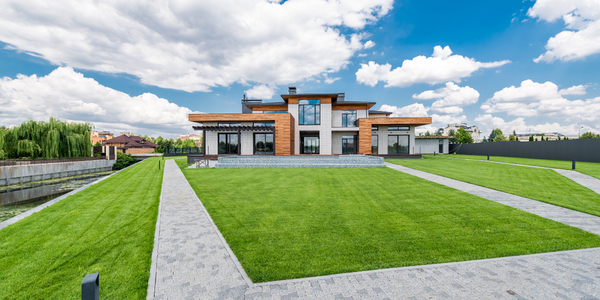
Case Study
Bellas Landscaping
Leading landscaping firm serving central Illinois streamlines operations with Samsara’s real-time fleet tracking solution: • 30+ vehicle fleet includes International Terrastar dump trucks and flatbeds, medium- and light-duty pickups from Ford and Chevrolet. Winter fleet includes of snow plows and salters.




